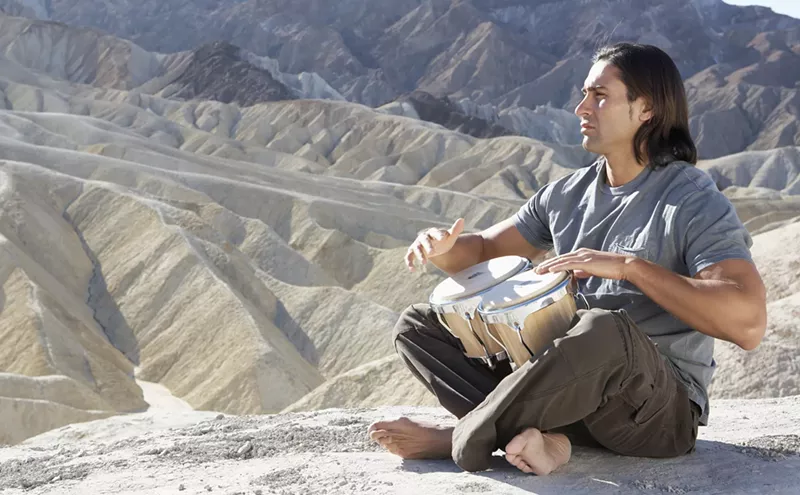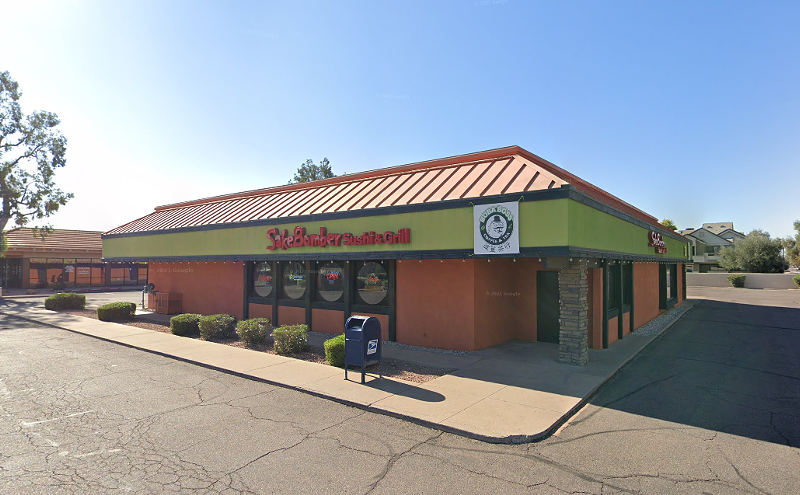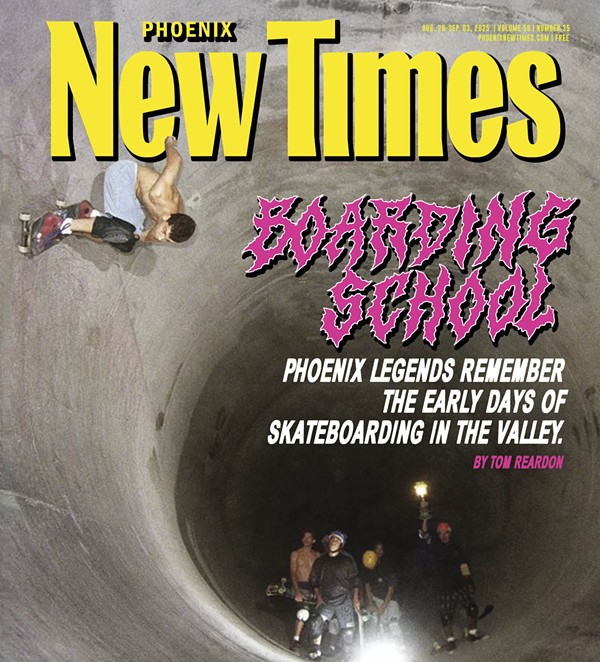The concept is as simple to describe as it is audacious to behold: a portrait of an artistic giant not as a chronological biopic, but rather as the sum of his influence and influences, and of the many fragmentary identities he has donned.
In addition to Woody and Jude, there's "Jack Rollins" (Christian Bale), a stand-in for the folksy, acoustic Dylan of the early '60s, reconstituted later in the film as "Pastor John" (also Bale), who represents the critically derided, born-again Dylan of the early 1980s. The waif-like British actor Ben Whishaw appears fleetingly as "Arthur Rimbaud," an amalgam of Dylan's poetic influences seen spouting coy, discursive testimony ("I don't call myself a poet because I don't like the word; I'm a trapeze artist") before a vaguely Kafkaesque tribunal. For Dylan at the time of his divorce from his wife Sara (here a composite character played by Charlotte Gainsbourg), we get Heath Ledger as "Robbie Clark," an actor who once played Jack Rollins in a Hollywood movie. Finally, there's Richard Gere as an autumnal "Billy the Kid," having survived his final confrontation with Pat Garrett and retired to a landscape somewhere between the Old West and the lush hillsides of Woodstock, New York, where Dylan himself laid low following his near-fatal 1966 motorcycle accident. I'm Not There begins and ends with that crash and resurrects Dylan a half-dozen times in-between, hopscotching the decades with Proustian grace.
Having said all that, I've still barely scratched I'm Not There's dynamic, polymorphous surface. Within each of the individual strands there are more densely packed layers of references and meaning — regarding Dylan, of course, but also the cultural epochs he's traversed and helped to inform. In one of his more audacious strokes, Haynes (in collaboration with the cinematographer Ed Lachman) styles each section of his movie after the movies of the corresponding time period — not just any ones, but the ones Dylan (who has dabbled in filmmaking over the years, and who has written songs for and about movies) may have been inspired by or perchance seen something of himself in. For the public persecution Jude feels in the wake of "going electric," I'm Not There adopts the form of the paranoid fantasias from Fellini's 8 1/2, while the muddied palate and moody malaise of 1970s acid Westerns give shape to the Billy the Kid chapter.
It sounds like a recipe for the most pretentious movie ever made — at least since the '70s — by a director whose best work (Safe, Far From Heaven) has never fully belied his Brown semiotics education. But I'm Not There turns out to be a triumph of intellect and cinematic imagination that feels light rather than heavy, and such a novel approach to film biography as to leave every Ray and Walk the Line looking especially clueless. Haynes pulls off the seemingly impossible: He takes one of the most discussed, written about, imitated, lusted after public figures of the 20th century and shows us not something new, but something deeper. The Bob Dylan whose "music and many lives" are the credited inspiration for Haynes' film isn't the mere mortal who was born Robert Allen Zimmerman in Duluth, Minnesota, found his way to New York at the dawn of the '60s folk boom, and made an indelible mark on the soundtrack of American counterculture. He's another kind of being — a pop-culture star-child hurtling through the cosmos under our immortalizing gaze.
If Blanchett's Jude is the most recognizable Dylan — and the performance that even those who hate the film won't be able to stop talking about — then Gere's Billy the Kid is the most enigmatic, the one who seems at once the ghost of the musician's roots-music past and the spirit of his eternal present, the living phantom embarked on his self-proclaimed "never ending tour." "You've got yesterday, today and tomorrow all in the same room. There's no telling what can happen," he muses late in the film, at once paraphrasing Dylan (from a 1978 interview about his songwriting style) and succinctly summarizing the Möbius-strip structure of Haynes' film. And so the most lasting image of I'm Not There may well be its last, in which the Kid picks up Woody Guthrie's guitar and hops yet another boxcar, as a train pulls down the line and a soulful harmonica blows its ageless tune.








